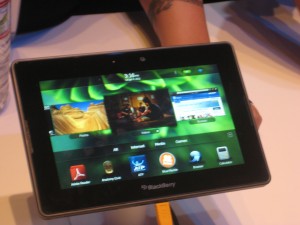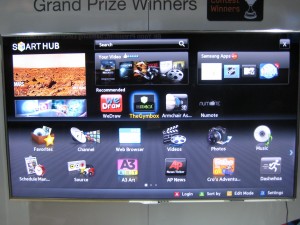Last week brought yet another dose of terrible news from Research in Motion Limited, the company that makes BlackBerry, and I kicked myself for not going short on RIMM a few weeks back when the stock was more than twice as high as it is now. The handwriting is on the wall for BlackBerry just as for Betamax and HD-TV before them, and the shovels are busy in the boneyard of failed technologies.
BlackBerry, however, has something most other zombie technologies lack: an established user base that is, or was, enthusiastic about the platform. So here’s my plan to save the company: turn BlackBerry into a prepaid phone. This solves the problem of users abandoning BlackBerry for iPhone or Android because they don’t have to; they can continue using their BlackBerries as a backup. Many BB users already have multiple phones (remember Obama on the 2008 campaign trail?) so this concept will be an easy one for them to accept. And a package of text messaging can be sold at an attractive yet profitable price that will allow those thumb virtuosos to continue their real-time updates even while in the air. (I never was able to figure out why this is OK.)
The prepaid texting will be offered at a discount for in-network messages, encouraging current users to continue their text relationships with one another. And RIMM can keep its rock-solid network but, since far less bandwidth will be required with a reduced user footprint and no expectation of rich media, sell or rent off the capacity it doesn’t need.
I’ve never had a BlackBerry myself but have had plenty of prepaid phones. They are useful little gadgets with lots of applications. They’re great for kids who tend to leave them in their pockets when doing laundry, for example. And I am about to buy a TracPhone for a guest house where we’re required to have a phone for some weekend guests; it fits the contract and offers a number for them to give out, yet it’s miles cheaper than installing a landline or VoIP modem. Make the prepaid BlackBerry attractive with an initial offer and I would probably try one. Give me or my kids or guests a taste of that thumb power and we just might get hooked and go for an expanded package. There’s a reason they used to call it “CrackBerry” after all.


